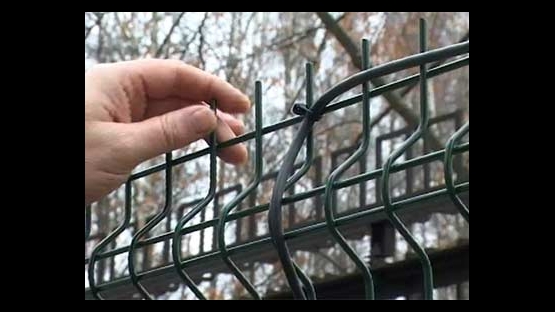When over 40 heads of states convene at the Nuclear Security Summit in Washington on 12 April 2010, international concern will focus on the risk that radioactive material could be misappropriated and detonated to wreak havoc.
Nuclear security is every State's concern. To address that international demand, the Interdepartmental Special Training Centre (ISTC), a nuclear security training site, located in Obninsk, Russia, home to the world´s first civilian nuclear power station, offers practical security training to IAEA Member States.
The ISTC is led by a team of veteran security experts who work to train teams of nuclear security guards and professional staff in all aspects of nuclear site protection. In 1993, the ISTC was established by the Ministry of Atomic Energy in the Russian Federation, and now operates under ROSATOM. Throughout its history, the ISTC has trained security management, guards and systems operators throughout the former USSR and Russia. Over 12 000 Russian specialists have gone through its courses since 1993. Now the centre is opening up and, with help from the IAEA, has internationalized its services.
Cooperation between the IAEA and the ISTC began in 2001, when both organizations jointly considered cooperation in programmes and activities. Given the common language and cultural familiarities, staff development assistance was provided to Member States from central and eastern Europe and the former Soviet Union. The Canadian government has also assisted the international effort, and has provided funding for training, curriculum development, and equipment.
In recent years, course offerings expanded and were made available to several other countries. Training is provided in practical operation and physical protection systems inspections. This courses sharpen the skills of inspectors, physical protection systems operators, and managerial staff working at nuclear and nuclear-related sites. Over 300 international participants have been trained in these courses and further enrolment is expected in coming years.
The reception is positive. "I think Obninsk has been a very good programme," said Anita Nilsson, Director of the IAEA´s Office of Nuclear Security. "The training that they offer is designed to fulfil requirements from the Russian programme itself, so the knowledge and training is part of a formalized training programme for Russia operators. This is a tremendous strength to have."
The site receives teams on a monthly basis from states across Europe and Asia. In addition to training courses, the ISTC has also worked on a request basis to educate and train security personnel who may work at highly visible nuclear facilities.
A delegation of Pakistani security inspection staff were trained at the ISTC in summer 2009, and training courses have also been held for personnel managing security at the Bushehr Nuclear Power Plant in Iran in 2003.
While at the ISTC, security personnel receive hands-on and classroom training on physical protection, radiation protection, device management, and practical security training and security culture. The outdoor site is used extensively, simulating the fencing, lighting, detection sensors and other apparatus typically used at a nuclear facility. All sensors are routed to a central alarm station, where students can simulate various security situations. The site also features a testing ground of over 2 000 square meters, equipped with 20 detection devices and CCTV systems.
Indoors, ISTC staff employ testing laboratories, classrooms, and security simulation facilities to train visitors with engineering and technical backgrounds in information protection, physical protection, and emergency response and prevention. Although the ISTC acts as a governmental institution of the Russian Federation, the Centre also works in close cooperation with vendors to test and certify equipment for deployment at nuclear-related facilities.
Through this work the ISTC ensures that the technologies used to secure nuclear sites are rugged, sound, and capable of withstanding a variety of stress conditions. A large testing certification laboratory, provided by the US Department of Energy, is on site to put physical protection equipment through rigorous, non-destructive testing.
Sophisticated machines are used to simulate extreme temperatures, violent vibrations that mimic an earthquake, and electromagnetic testing in the case of attempted sabotage or mechanical interference. After testing, the ISTC reports whether the machinery has passed certification.
All these features combine to make the ISTC an exceptional nuclear security training site, providing an international platform for training specialists and testing equipment to protect any type of nuclear fuel cycle facility. In years to come, the IAEA-ISTC relationship will broaden, as both organizations work to provide comprehensive nuclear security training for specialists from around the world.
"Science and industry are constantly making headway, and new developments aimed at improving the physical protection of nuclear sites continue to appear," explained Yuri Barabanov, ISTC Director. "We hope that our cooperation with the IAEA will continue and will grow in the years to come."


